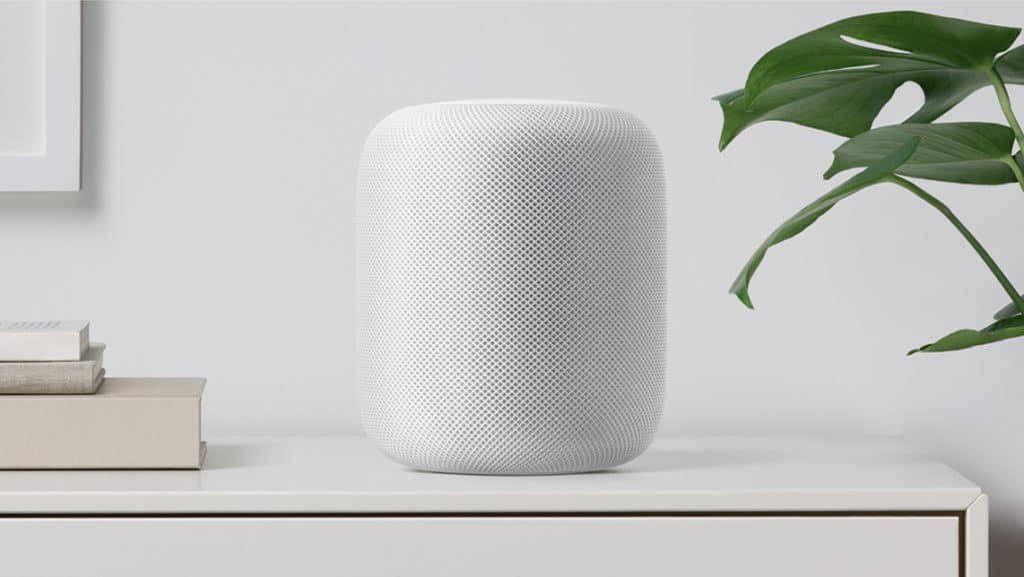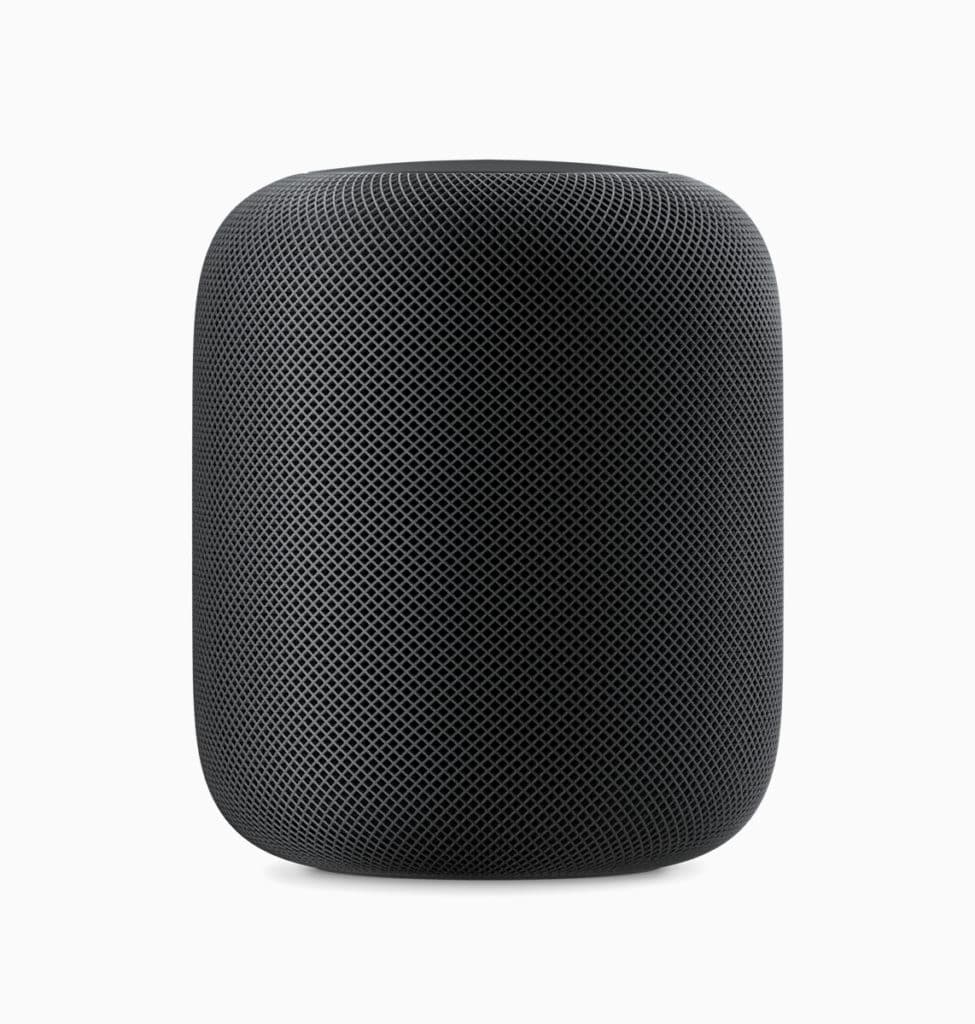
With plenty to announce at this year’s Worldwide Developers Conference keynote, Apple took some time to unveil its newest device to its lineup, a smart speaker.
Today, Apple officially announced the Siri Speaker, which, as many rumors had suggested leading up to today’s unveiling, pits Apple right up against the likes of Google and Amazon in the hope of dominating the living room with smart devices. Apple’s Phil Schiller took the stage to announce the new speaker, all in the scope of Apple Music and improving the listening experience in the home.
He made a point that the speaker has to sound great. And that it has to be “spatially aware,” so that it can sound great in any room. It has to be fun to use, a built-in “expert on music,” to discover new tracks and more. The speaker is launching “later this year” with no specific launch date.
As rumored, the new smart speaker looks similar to a Mac Pro, but smaller. It’s called the HomePod.

It’s under 7 inches tall, and it’s covered in a 3D mesh fabric to boost acoustic properties. Along the bottom is a 7-array beam form with tweeters, to drive the audio from within and out along the bottom with directional control. It has a wooder, upwards facing, that splits distortion. It’s powered by an Apple A8 chip. Real-time acoustic modeling, multi-channel echo cancellation, and more, are powered by the chip.
Spatial awareness means that anywhere the speaker is set, it will automatically detect that location, the room around it, and adjust the audio to match the room.
The feature to discover music is a “musicologist.” It works with the Apple Music subscription out of the box. The speaker can pull music from the cloud directly. There are six microphones around the middle. “Hey, Siri” will light up a waveform up top, and it will serve up commands from there. Siri will understand more questions regarding music in the HomePod. “Play, something new” or “Who is singing on this track,” or even “What was the top song on May 5, 2016?” Other commands are all supported as well. It will “interpret” what the user is saying.
Users can talk to the HomePod from across the room even while music is playing and have Siri ready to go.

HomePod will work with Messages through Siri, play podcasts, give you the news, check the weather and sports scores, set a timer, and check traffic. HomeKit works with HomePod as well, allowing for Siri to control smart devices through the smart speaker. You can even have it tune to NPR, or flip a coin.
Apple is still focusing on privacy as well. “Hey, Siri,” will only activate and send “anonymous Siri ID” to Apple, with encrypted information, to pull information to the smart speaker.

The HomePod will cost $349 when it launches later this year, shipping in December. It will be available in white and space gray. It will be available to start in the United States, the UK, and Australia.
Here are the audio innovations, as per Apple’s announcement:
-
At just under 7 inches tall, HomePod represents years of hardware and software innovation:
- Apple-designed upward-facing woofer, paired with the custom A8 chip, enables bass management through real-time software modeling that ensures the speaker delivers the deepest and cleanest bass possible, with low distortion
- Custom array of seven beam-forming tweeters, each with its own amplifier, provides well-balanced smooth timbre as well as precise directional control of a multitude of beam shapes and sizes
- Apple-designed A8 chip provides the brains behind the advanced audio innovations
- Automatic room-sensing technology allows HomePod to quickly learn its position in a room, whether it’s in a corner, on a table or in a bookshelf, and within seconds, is perfectly optimized to deliver an immersive music listening experience wherever it is placed
- Six-microphone array with advanced echo cancellation enables Siri to understand people whether they are near the device or standing across the room, even while loud music is playing
- Siri waveform appears on the top to indicate when Siri is engaged, and integrated touch controls also allow easy navigation
- Automatic detection and balance of two speakers using both direct and reflected audio to deliver amazing audio wirelessly for an even more immersive experience
- Easy setup that is as intuitive as setting up AirPods — simply hold an iPhone next to HomePod and it’s ready to start playing music in seconds